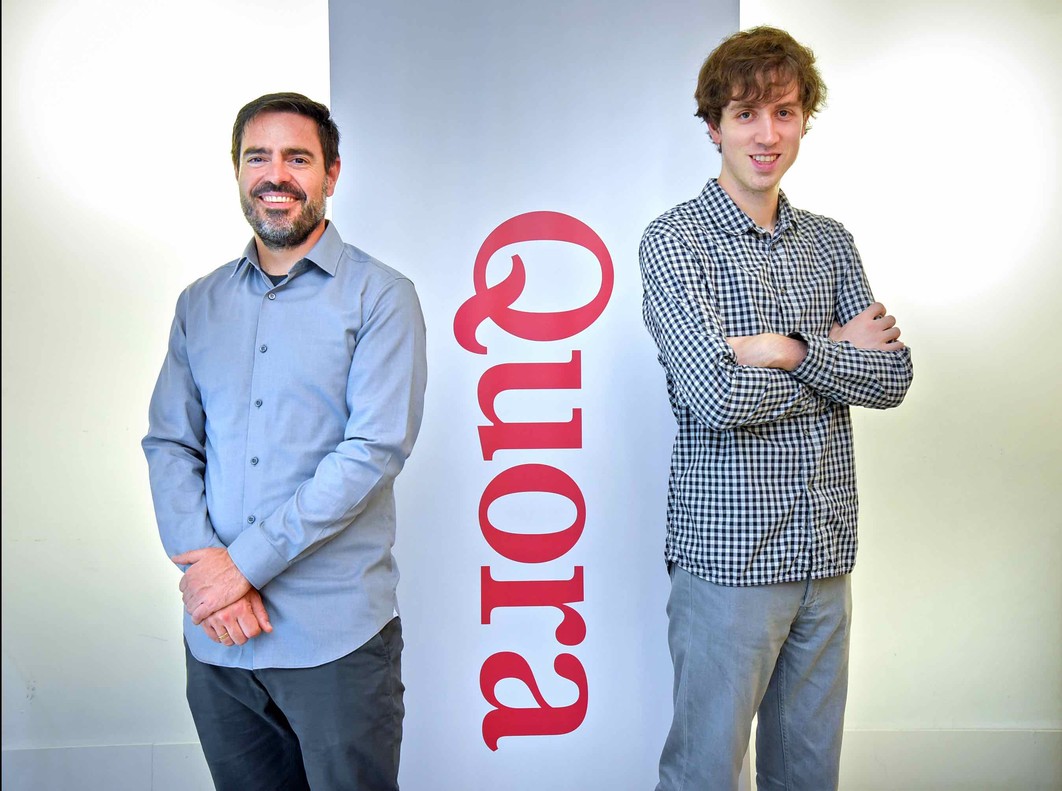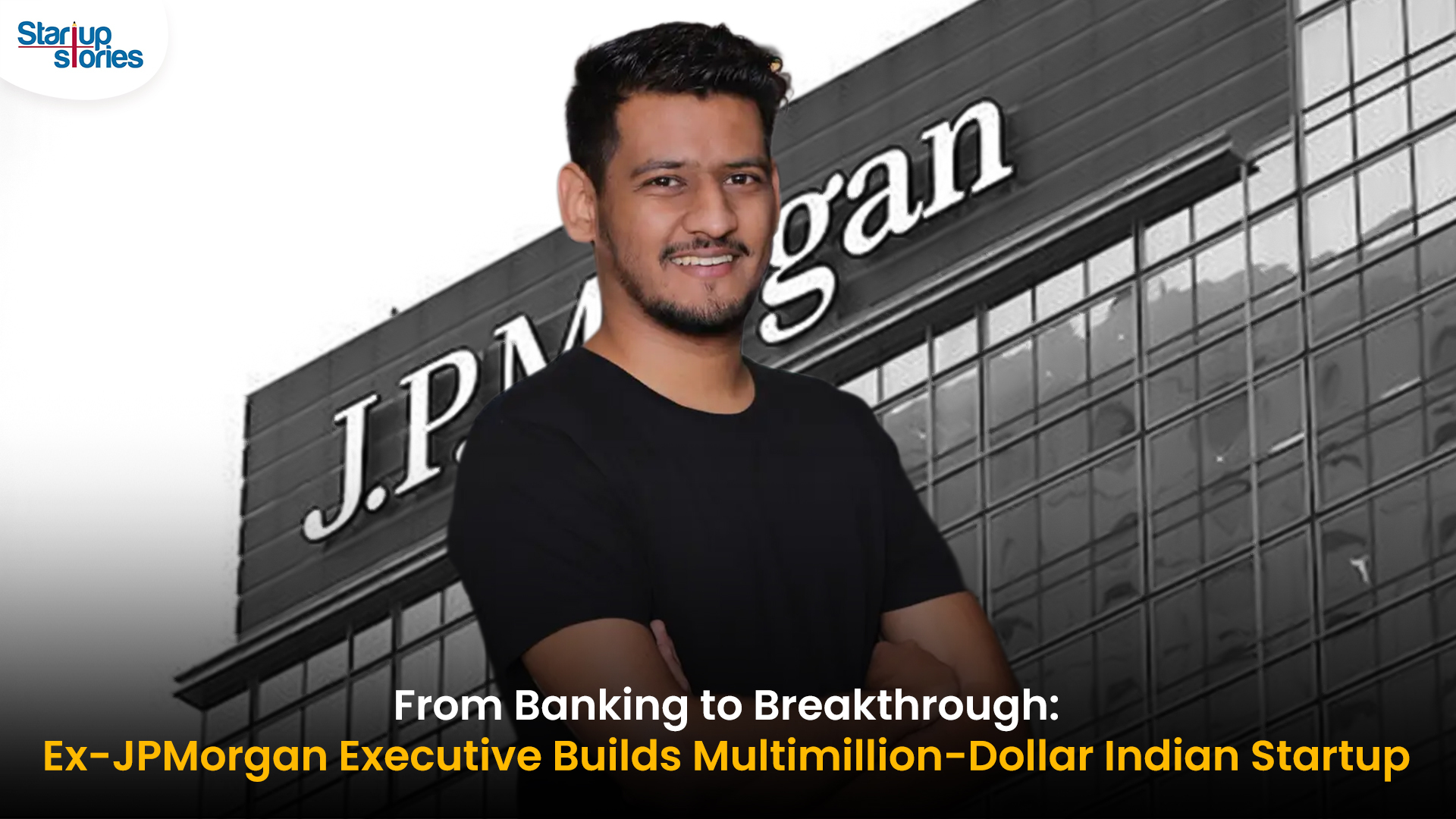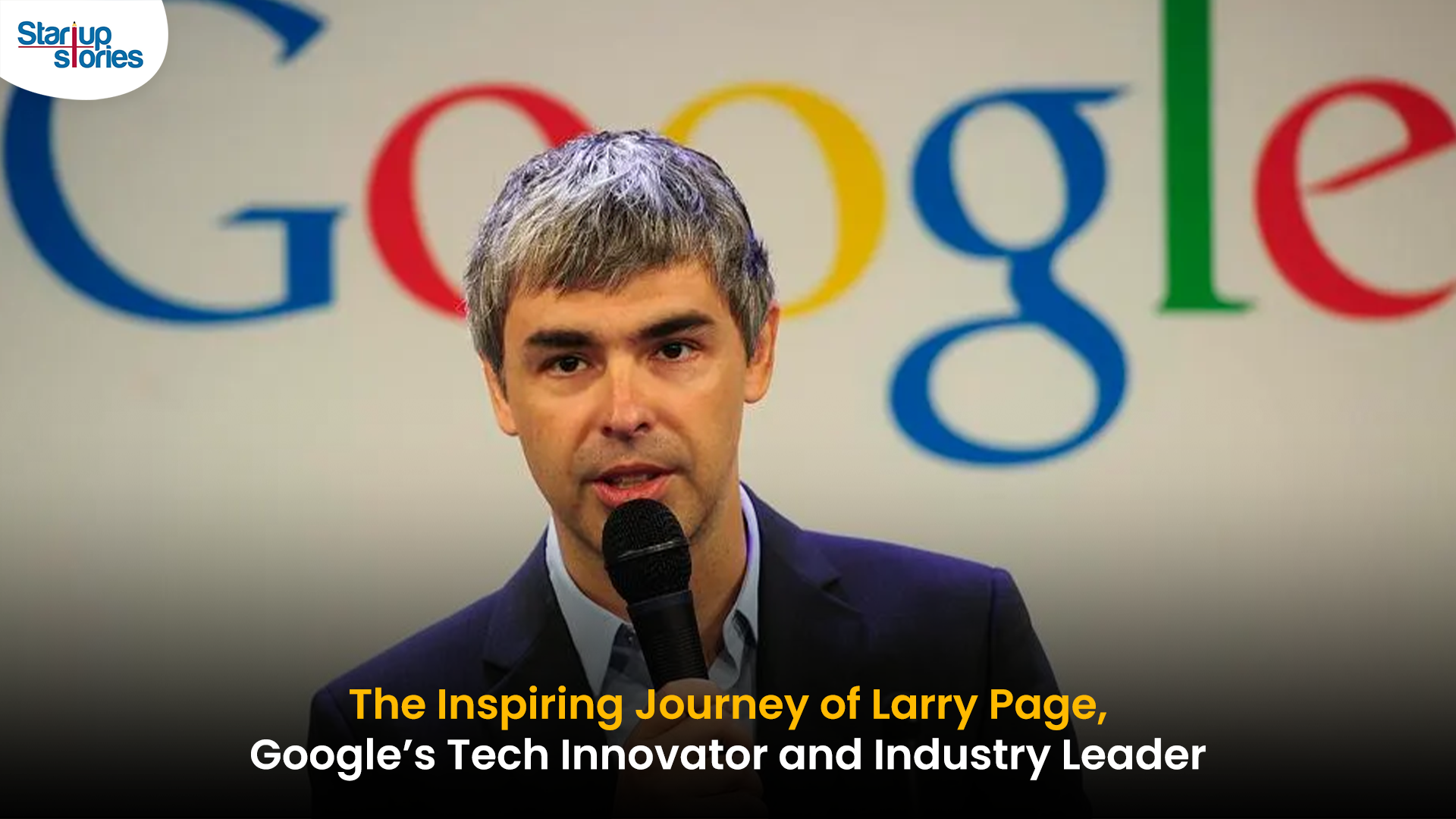Entrepreneur Stories
What Is Quora?

Let’s talk about the most trending website Quora, that has answers to all your questions! Or you could say, allows you to answer the questions!
Quora is a question and answer website, where questions are asked, answered, edited and organized by its community of users! The website was launched in 2009 and a year after its launch, Quora received an enormous funding from Benchmark Capital, worth $ 11 million. The company is headquartered in Mountain View, California. By the end of 2011, Quora received half a million users.
In the year 2009, when people were often baffled about finding answers on the internet, that’s when Adam D’Angelo and Charlie Cheever came up with a fascinating idea! These two young lads happen to be ex employees of Facebook. Post their exit from the firm, Adam and Charlie developed an idea and implemented the same into a website now famously known as Quora. The two co founders of Quora, met each other in the premises of Facebook.
About the Co founders!
Adam D’Angelo and the brains behind the social media giant Facebook, Mark Zuckerberg, happen to be school friends! They went to the same school Phillips Exeter Academy, a boarding school in New Hampshire. Their bond was strong and they were great buddies! In 2004, Zuckerberg appointed Adam as the Vice President (VP) of Engineering at Facebook, which was startup back then. Later, in 2008 Adam was promoted to the Chief Technology Officer (CTO) of Facebook.
Speaking about Charlie, here’s how it all started! In the year 2006, Charlie got an email from Facebook, regarding the position of a software engineering manager. At first, Charlie ignored the mail. Later, he changed his mind and accepted the offer. He worked for Amazon before joining Facebook.
How did the Co founders collide?
However, It was on the Facebook campus, where the two , Adam and Charlie would meet and have intellectual conversations. Over the course of time, Adam and Cheever became best friends! They exchanged ideas and thought of setting up a firm that would make it easier for people to share their knowledge, thoughts and opinions.
Later in 2008, both the intellectuals decided to leave Facebook to create their own startup. Quora was derived from Quorum, meaning a group of people coming together to reach a consensus! In the year 2009, the Quora website was launched. It took around one year to develop the company. Initially, Quora was compared to the search engine giant, Google. However, people recognized the differences between the two! Google is algorithmic focused whereas, Quora depends on knowledge from people! Even though, Quora is similar to Facebook, Twitter, Wikipedia, Yahoo Answers, Answers.com, yet works completely in a different way! Real names of the users are mandatory and you need to login to use Quora, either via your Facebook, Google account or Quora account as well.
Adam D’angelo explains, When you look at Google, its job is to find you the perfect web page. There are a lot of cases when you want to know something and a list of websites isn’t ideal. For example, If you’re looking for an overview, Wikipedia usually has a good, edited aggregation of content. So one way of solving these cases is to pull all of this information out of people’s heads and get it into a useful format that can be shared.
Following its success, in January 2013, Quora launched a blogging platform allowing it’s users to post non answer content on their profiles such as images and other relevant stuff. In April 2014, Quora raised $ 80 million from Tiger Global Management. With each passing year, Quora received several fundings and even investors! In 2017, Quora raised $ 85 million in a series at $ 1.8 billion valuations with Collaborative Fund and Y Combinator! Recently, Quora was also launched in several languages including Hindi, Italian, German, Spanish, Japanese,Portuguese, French and Indonesian.
Keeping this in mind, what we learn from Quora is, an idea can change your life, literally!
Videos
T.N. Seshan: The Fearless Reformer Who Redefined Indian Democracy
T.N. Seshan’s name stands tall in India’s history as the man who transformed the nation’s electoral system with extraordinary courage and integrity. Born in 1932 in Kerala, Seshan grew up with values of discipline, education, and service to the nation — virtues that shaped his illustrious journey. From his early brilliance at Madras Christian College to his advanced studies in public administration at Harvard University, Seshan’s path reflected rare determination and intellect. Joining the Indian Administrative Service in 1955, he built a reputation as a no‑nonsense officer committed to efficiency and honesty, serving in key roles such as Secretary of Defense and overseeing vital national programs.
As the Chief Election Commissioner of India in 1990, T.N. Seshan sparked a new era of electoral integrity. In a system once marred by corruption, violence, and malpractice, Seshan brought order, fear, and respect through his groundbreaking reforms. He introduced voter ID cards, imposed strict spending limits on campaigns, and insisted on transparency at every level of the election process. Despite criticism from political circles that labeled him dictatorial, his relentless pursuit of fairness empowered every citizen to vote fearlessly. Under his leadership, the Election Commission became a symbol of strength and integrity in Indian democracy.
Seshan’s passing in November 2019 marked the end of an era, but his message continues to resonate across generations. Leaders from every corner of the country mourned the loss of the man who restored faith in free and fair elections. His enduring legacy reminds us that true leadership lies not in wielding power, but in serving people with honesty, courage, and conviction. T.N. Seshan’s life remains a timeless inspiration a reminder that democracy thrives only when its citizens are vigilant, responsible, and fearless.
Entrepreneur Stories
Indian Man Quits JPMorgan, Takes 70% Pay Cut to Launch $6 Million Startup

Leaving behind a high-paying job at JPMorgan, an Indian entrepreneur embraced a 70% salary cut to pursue true purpose and passion in the startup world. Disenchanted with what he described as a “robotic” corporate routine, he sought meaningful work that made a real impact. This pivotal decision marked the beginning of his new journey, one focused on value creation rather than titles and corporate perks.
Powered by resilience and fresh perspective, the entrepreneur launched his own startup, prioritizing innovation and hands-on solutions. The road was challenging, but his vision resonated with the market: the startup quickly gained traction and raised $6 million—an impressive acknowledgement of its potential in a competitive landscape. Every hard lesson from early setbacks and bootstrapping paid off in real customer growth and investor confidence.
Today, his journey stands as an inspiring example for professionals seeking authentic success outside the corporate grind. By trading comfort for creative freedom, he grew a venture that solves important problems, generates jobs, and builds wealth beyond just salary. For ambitious founders, his story highlights the power of risk-taking, adaptability, and relentless focus on impact in India’s thriving startup ecosystem.
Videos
Larry Page: The Visionary Co-Founder Behind Google’s Global Success

Larry Page is a visionary technology entrepreneur and co-founder of Google, one of the world’s most influential companies. Born in 1973 in Michigan, Page grew up surrounded by computer technology, which inspired his passion for innovation from an early age. He studied computer engineering at the University of Michigan and later pursued his PhD at Stanford University, where he developed the revolutionary PageRank algorithm with Sergey Brin. This technology fundamentally changed the way search engines rank websites, making Google the most accurate and popular search engine globally.
The journey of Larry Page and Google began in 1998 when they officially launched the search engine from a small garage. Leveraging their unique algorithm, Google quickly surpassed competitors due to its ability to deliver highly relevant search results, transforming internet search forever. Under Larry Page’s leadership as CEO, Google expanded beyond search to launch groundbreaking products including YouTube, Gmail, and Google Maps, turning it into a global tech powerhouse that shapes how we access and interact with information online.
Larry Page later became the CEO of Google’s parent company, Alphabet Inc., driving innovation and investment in next-generation technologies such as artificial intelligence, autonomous vehicles, and healthcare solutions. His visionary leadership and commitment to technological advancement have cemented his legacy as one of the most influential figures in the tech industry. Today, Larry Page remains a key influencer in shaping the future of technology and digital innovation worldwide.












on Quora
May 16, 2025 at 10:58 pm
I was able to find good info from your blog posts.
on Quora
May 18, 2025 at 11:56 am
Very shortly this site will be famous amid all blogging and site-building people, due to it’s good content
lz21l
June 8, 2025 at 4:11 am
cost of cheap clomiphene online can i order generic clomiphene without insurance order cheap clomid without dr prescription can i get clomiphene online clomiphene challenge test order clomid prices buying clomid no prescription
iwin
November 5, 2025 at 10:19 pm
iwin – nền tảng game bài đổi thưởng uy tín, nơi bạn có thể thử vận may và tận hưởng nhiều tựa game hấp
谷歌站群
November 7, 2025 at 10:42 am
专业构建与管理谷歌站群网络,助力品牌实现全域流量的强势增长。谷歌站群
GO88
November 9, 2025 at 6:55 pm
Tham gia cộng đồng game thủ tại Go88 để trải nghiệm các trò chơi bài, poker phổ biến nhất hiện nay.
站群程序
November 10, 2025 at 4:29 am
搭载智能站群程序,自动化搭建与管理,为SEO项目提供核心驱动力。站群程序
J88
November 12, 2025 at 8:49 pm
Đến với J88, bạn sẽ được trải nghiệm dịch vụ cá cược chuyên nghiệp cùng hàng ngàn sự kiện khuyến mãi độc quyền.
ios超级签
November 14, 2025 at 3:18 pm
苹果签名,苹果超级签平台,ios超级签平台ios超级签苹果企业签,苹果超级签,稳定超级签名
Kuwin
November 19, 2025 at 2:15 am
kuwin sở hữu kho game đa dạng từ slot đến trò chơi bài đổi thưởng, mang đến cho bạn những giây phút giải trí tuyệt vời.